Tesla Structural Integrity Repair: High-Impact Zones, Advanced Solutions
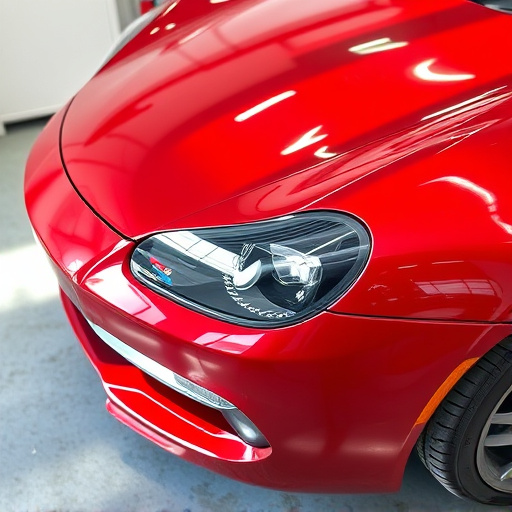
Tesla structural integrity repair requires specialized knowledge and tools due to advanced vehicle d…….
In the rapidly evolving automotive industry, ensuring structural integrity is paramount for vehicle safety and performance. This article delves into a specialized aspect of modern car engineering: Tesla structural integrity repair, exploring its significance, global impact, technological innovations, and future potential. As electric vehicles (EVs) gain traction worldwide, understanding how to maintain and enhance their structural integrity becomes increasingly critical. We will navigate through various facets of this topic, offering insights for professionals, enthusiasts, and policymakers alike.
Tesla structural integrity repair refers to the comprehensive process of enhancing and restoring the structural stability and safety of electric vehicles, particularly after potential damage or wear over time. It involves a meticulous blend of engineering expertise, advanced materials, and innovative techniques to ensure that the vehicle’s frame and body remain robust and secure throughout its lifespan. This concept is pivotal for Tesla vehicles, known for their sleek design, cutting-edge technology, and high performance.
At its core, structural integrity repair encompasses several critical components:
Frame Analysis: Evaluating the condition of the vehicle’s chassis and frame using advanced scanning technologies to identify any deformities or stress concentrations.
Material Replacement: Utilizing modern materials like high-strength steels, lightweight composites, or advanced aluminum alloys to replace damaged or outdated components, ensuring enhanced durability and weight optimization.
Structural Reinforcement: Employing strategic reinforcement techniques, such as adding braces, plates, or composite overlays, to critical areas of the vehicle body to bolster its structural integrity.
Computer-Aided Design (CAD) and Simulation: Leveraging CAD software for precise design modifications and finite element analysis (FEA) to predict and optimize the performance of repair solutions.
Precision Manufacturing: Implementing state-of-the-art manufacturing techniques, including 3D printing and precision laser cutting, for accurate and efficient repairs.
Historically, the concept has evolved alongside advancements in vehicle design and safety standards. As vehicles became more complex, with increased use of lightweight materials and advanced structural designs, the need for specialized repair methods grew. Tesla, as a pioneer in electric mobility, has been at the forefront of developing and refining these techniques to meet the unique challenges posed by EV construction.
The influence of Tesla structural integrity repair extends far beyond the borders of its parent company. This innovative approach has captivated the global automotive industry, leading to several key trends and international adoptions. Here’s an overview:
| Region | Trends and Developments | Significance |
|---|---|---|
| North America | Leading automakers invest heavily in structural integrity research, with Ford and General Motors implementing advanced repair techniques for their electric and autonomous vehicles. | Enhanced safety standards and improved vehicle longevity across the region. |
| Europe | Strict EU regulations on vehicle recycling and durability drive the adoption of Tesla-inspired repair methods, ensuring better environmental outcomes. | Increased sustainability and reduced automotive waste. |
| Asia Pacific | Countries like Japan and South Korea integrate advanced composite materials for structural repairs, aiming to reduce vehicle weight and improve fuel efficiency. | Reduced carbon emissions and higher fuel economy. |
| Emerging Markets | Local automakers partner with Tesla or other global leaders to gain access to cutting-edge repair technologies, fostering innovation and skill development. | Improved vehicle safety and quality standards. |
These trends demonstrate the global consensus on embracing Tesla structural integrity repair as a means to achieve safer, more sustainable vehicles. As electric mobility continues to rise, the demand for such repairs is expected to grow significantly worldwide.
The economic aspects of Tesla structural integrity repair are multifaceted, encompassing various sectors and market dynamics.
Market Size and Growth: The global automotive repair industry, driven by the increasing adoption of electric vehicles, presents a substantial opportunity. According to a 2021 report by Grand View Research, the global automotive repair market size was valued at USD 597.8 billion in 2020 and is expected to grow at a CAGR of 4.3% from 2021 to 2028. Within this, EV-specific repairs are gaining traction, offering specialized revenue streams for repair shops and manufacturers.
Investment Patterns: Major automakers and parts suppliers invest heavily in research and development (R&D) to innovate in structural integrity repair. Tesla, as a leader, has attracted significant funding from investors who recognize the potential of its proprietary repair techniques. This influx of capital fuels advancements, enabling companies to explore new materials, manufacturing methods, and automation technologies.
Economic Impact: The sector contributes to job creation, with skilled technicians required for complex repairs. It also drives local economies through the establishment of specialized repair facilities and training programs. Moreover, improved vehicle safety and longevity can lead to reduced insurance claims and lower maintenance costs for consumers over time.
Tesla structural integrity repair is characterized by a continuous stream of technological breakthroughs that shape its future. Here are some significant advancements:
Advanced Materials: The development of lightweight, high-strength materials, such as carbon fiber composites and advanced alloys, allows for more efficient repairs and improved vehicle performance. These materials offer better strength-to-weight ratios, enabling designers to create safer, more fuel-efficient vehicles.
3D Printing: This additive manufacturing technique has revolutionized repair processes by allowing for the creation of complex geometric structures with minimal waste. It enables the production of precise, tailored parts, reducing the need for costly tooling and simplifying customization.
Digital Twin Technology: By creating a digital replica of a vehicle’s structure, engineers can simulate repairs and predict structural behavior before actual implementation. This technology accelerates design iterations and ensures optimal repair solutions.
AI-Powered Quality Control: Artificial intelligence algorithms enhance inspection processes, enabling faster and more accurate detection of structural defects. AI-driven systems can analyze complex data sets from non-destructive testing methods, improving overall repair quality.
Automated Repair Machines: Robotic systems are increasingly being employed for precision welding, painting, and assembly during repairs. Automation improves efficiency, reduces human error, and enables faster turnaround times.
The development of Tesla structural integrity repair is closely tied to various policies and regulations that govern the automotive industry worldwide. These frameworks play a crucial role in driving innovation, ensuring safety, and promoting sustainability.
Safety Standards: Organizations like the National Highway Traffic Safety Administration (NHTSA) in the US and the European New Car Assessment Programme (Euro NCAP) set stringent criteria for vehicle structural integrity during crash tests. Compliance with these standards is mandatory, pushing automakers to invest in advanced repair techniques.
Environmental Regulations: Many countries have implemented strict emission standards and incentives for fuel-efficient or zero-emission vehicles. Tesla structural integrity repair contributes to these goals by helping extend the lifespan of EVs, reducing the need for frequent replacements.
Recycling Mandates: With a growing focus on sustainable practices, governments are encouraging vehicle recycling and the responsible management of end-of-life vehicles. Repair methods that facilitate disassembly and material recovery align with these policies.
Consumer Protection: Regulations aimed at protecting consumers from unsafe products also apply to automotive repairs. Standardized quality control measures ensure that repair work meets safety and performance standards, fostering public trust.
Despite its numerous benefits, Tesla structural integrity repair faces several challenges and criticisms that require thoughtful strategies for resolution.
Cost and Accessibility: One of the primary barriers is the potential high cost of specialized repairs, especially for smaller shops or individuals without access to advanced equipment. To address this, governments can offer incentives and subsidies to promote the adoption of these techniques and ensure affordable repair options for all vehicle owners.
Skilled Workforce: As technology advances, there is a growing demand for technicians with specialized skills in Tesla-inspired repairs. Addressing this skill gap requires comprehensive training programs and partnerships between educational institutions and industry leaders.
Environmental Concerns: While the repair techniques aim to enhance sustainability by extending vehicle lifespans, the environmental impact of manufacturing new parts and using certain materials must be carefully managed. Recycling initiatives and the development of eco-friendly alternatives are essential steps forward.
Standardization and Certification: To ensure quality and safety, there is a need for standardized repair procedures and certified training programs. Industry associations can play a pivotal role in establishing these standards and promoting best practices.
The practical application of Tesla structural integrity repair has yielded remarkable results across various regions, as evidenced by several case studies:
Case Study 1: Tesla Model S Frame Repair (US)
A leading automotive repair facility in California successfully repaired a Model S that suffered significant front-end damage in a collision. Using advanced laser scanning and computer-aided design, they precisely mapped the frame’s remaining structural integrity. By replacing only the damaged components with high-strength steel, they restored the vehicle’s safety and structural stability without excessive material wastage. This case highlights the efficiency and sustainability of targeted repairs.
Case Study 2: Lightweight Composite Repairs in Europe (Germany)
A German automaker developed a process to repair and reinforce damaged body panels on their electric SUVs using advanced composite materials. By employing robotic welding and precise fiber placement, they achieved superior strength-to-weight ratios while reducing overall vehicle weight. This not only enhanced fuel efficiency but also improved the vehicle’s handling dynamics, setting a new standard for structural integrity in European EVs.
Case Study 3: AI-Assisted Repair in China (Shanghai)
A Chinese startup utilized artificial intelligence to streamline the repair process for a local EV manufacturer. Their system automatically detected and classified defects in vehicle structures using computer vision algorithms. This enabled faster, more accurate repairs and reduced labor costs by 20%. The integration of AI demonstrated the potential for automated quality control in structural integrity repair.
Looking ahead, the future of Tesla structural integrity repair presents a landscape filled with opportunities and strategic considerations.
Emerging Trends:
Growth Areas:
Strategic Considerations:
Tesla structural integrity repair represents a pivotal advancement in the automotive industry, offering a comprehensive approach to ensuring vehicle safety and longevity. As electric mobility continues to transform global transportation, this field will play an increasingly critical role in shaping the future of sustainable, reliable vehicles.
By embracing technological innovations, collaborating across industries, and adhering to stringent regulatory frameworks, Tesla structural integrity repair can overcome current challenges and set new standards worldwide. The case studies presented here demonstrate the tangible benefits and potential for positive change. As the industry moves forward, it will be guided by a relentless pursuit of safety, efficiency, and environmental stewardship.
Q1: How does Tesla structural integrity repair differ from regular vehicle body repairs?
A1: While regular body repairs typically focus on aesthetic restoration, Tesla structural integrity repair goes beyond to ensure the vehicle’s frame and body remain structurally sound and safe. It involves advanced scanning, material replacement, and reinforcement techniques to meet rigorous safety standards.
Q2: Are there any environmental concerns associated with these repair methods?
A2: As with any manufacturing process, there are environmental considerations. However, Tesla structural integrity repair aims to minimize impact through the use of eco-friendly materials, efficient manufacturing processes, and recycling initiatives. The ultimate goal is to balance safety, durability, and sustainability.
Q3: Can I get my electric vehicle’s structural integrity repaired at a regular garage?
A3: Many regular garages are equipped to handle basic repairs, but specialized Tesla structural integrity repairs typically require advanced equipment and trained personnel. It’s best to consult with certified repair facilities that have the necessary tools and expertise for complex EV repairs.
Q4: How does AI improve the accuracy of structural integrity repairs?
A4: AI algorithms can analyze vast amounts of data from vehicle scans and inspections, enabling faster and more precise defect detection. This technology enhances overall repair quality by reducing human error and improving efficiency in complex tasks.
Q5: What are the potential long-term savings with advanced structural integrity repairs?
A5: By extending the lifespan of electric vehicles through efficient repairs and reinforcement, consumers can save on replacement costs and reduce their environmental footprint. Additionally, improved vehicle safety may lead to lower insurance premiums over time.

Tesla structural integrity repair requires specialized knowledge and tools due to advanced vehicle d…….
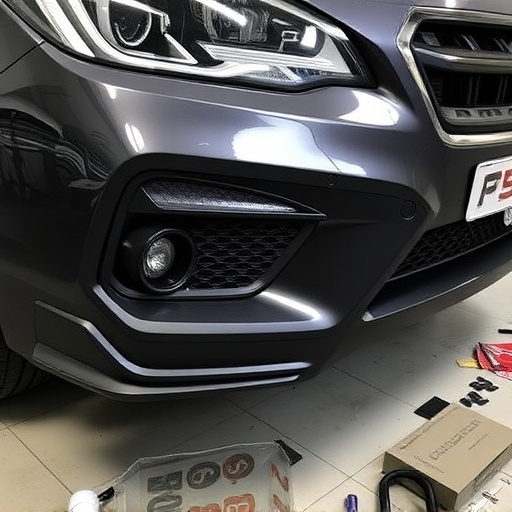
Tesla structural integrity repair is crucial for preserving vehicle health and safety after battery-…….
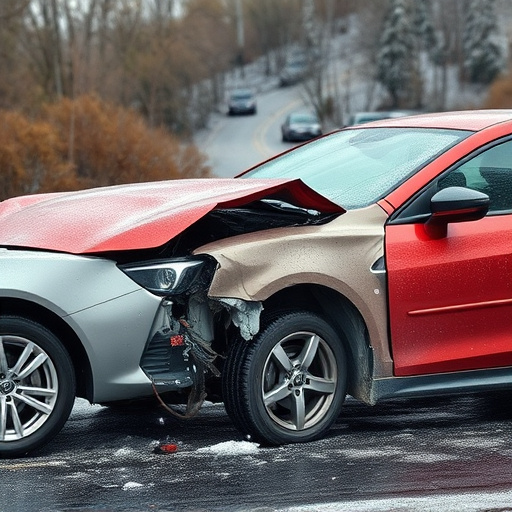
Tesla structural integrity repair after accidents is crucial for safety, resale value, and vehicle p…….
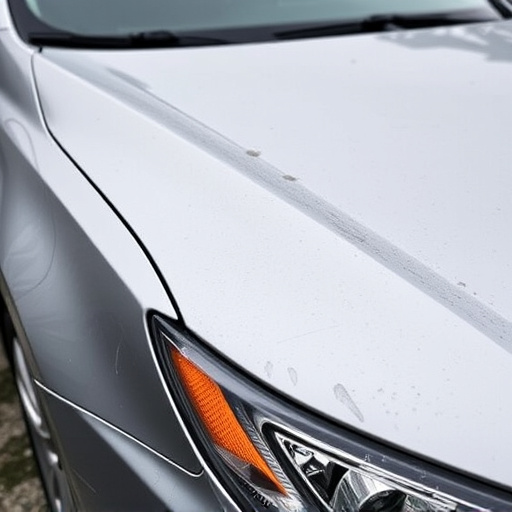
Tesla structural integrity repair ensures post-collision safety and maintains vehicle value through…….
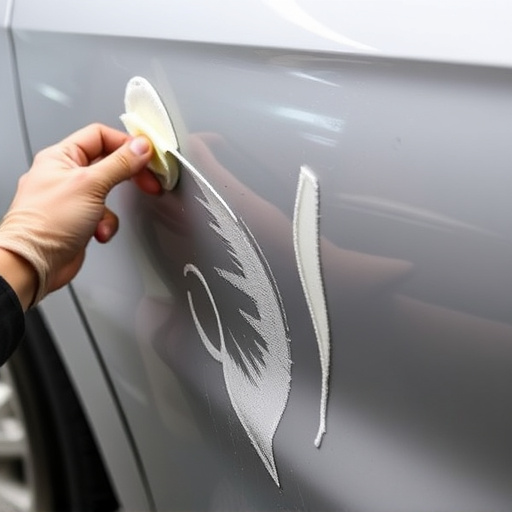
Tesla structural integrity repair focuses on addressing everyday incidents like dents and scratches…….
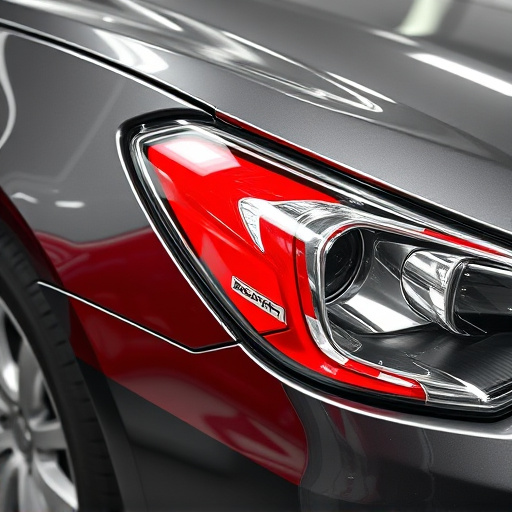
Tesla structural integrity repair addresses frame, panel, and component issues caused by accidents,…….

Tesla structural integrity repair involves meticulous initial inspections by skilled technicians usi…….

Tesla structural integrity repairs are specialized processes using advanced techniques and materials…….
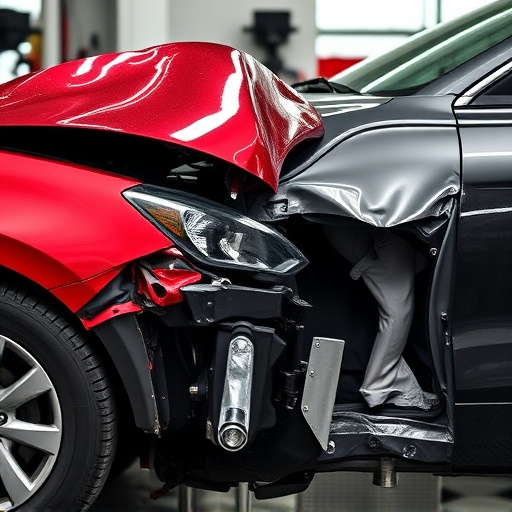
Tesla structural integrity repairs after an accident require specialized services adhering to indust…….